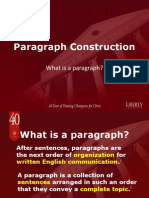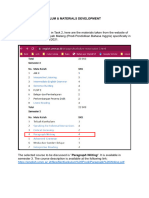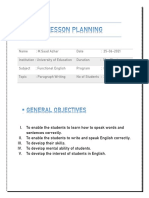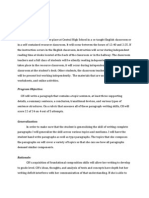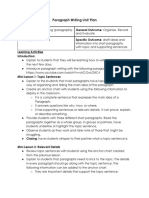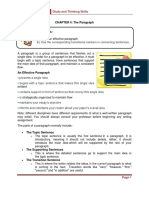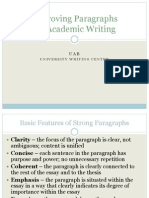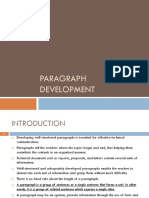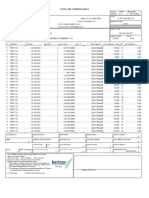0% found this document useful (0 votes)
55 views11 pagesAdvanced Paragraph Writing For CSS Preparation
The document outlines a course on Advanced Paragraph Writing for CSS, focusing on refining paragraph structure and addressing common mistakes. It emphasizes the importance of clarity, coherence, and in-depth analysis in writing, contrasting basic and advanced techniques. Key components include topic sentences, supporting details, and the role of transitional phrases to maintain logical flow.
Uploaded by
Naseem BibiCopyright
© © All Rights Reserved
We take content rights seriously. If you suspect this is your content, claim it here.
Available Formats
Download as DOCX, PDF, TXT or read online on Scribd
0% found this document useful (0 votes)
55 views11 pagesAdvanced Paragraph Writing For CSS Preparation
The document outlines a course on Advanced Paragraph Writing for CSS, focusing on refining paragraph structure and addressing common mistakes. It emphasizes the importance of clarity, coherence, and in-depth analysis in writing, contrasting basic and advanced techniques. Key components include topic sentences, supporting details, and the role of transitional phrases to maintain logical flow.
Uploaded by
Naseem BibiCopyright
© © All Rights Reserved
We take content rights seriously. If you suspect this is your content, claim it here.
Available Formats
Download as DOCX, PDF, TXT or read online on Scribd
/ 11




